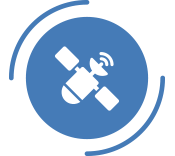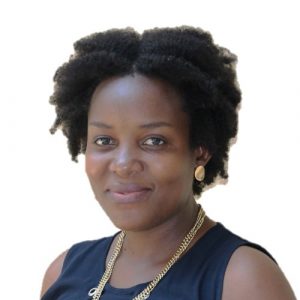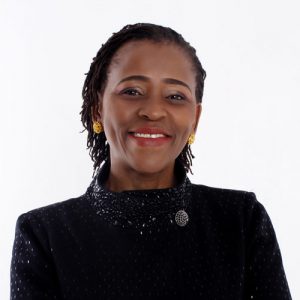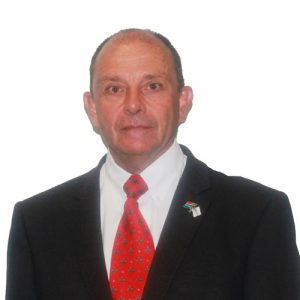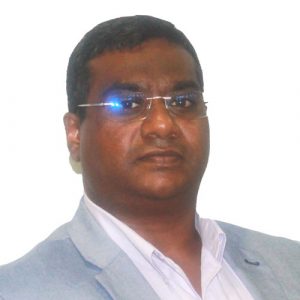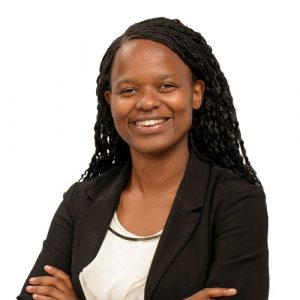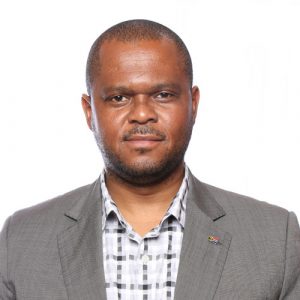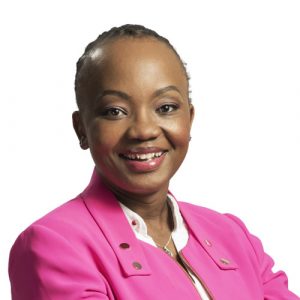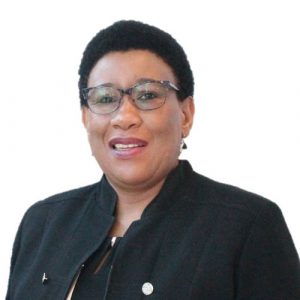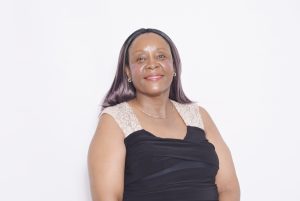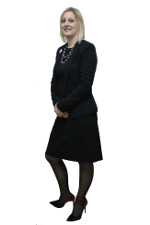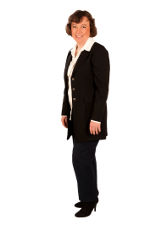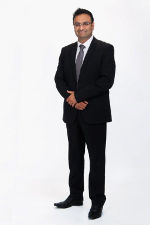History
Since the advent of the space age in 1957, South Africa has established a reputation for accuracy and reliability in the international space community. Today, SANSA is using the benefits of space science and technology to help grow and develop the African region.
SANSA’s official history is a short one, dating back to the South African National Space Agency Act of 2008 and the organisation’s official inception on December 9th 2010. But the roots of SANSA’s various programmes and facilities reach deep into the past, in some cases to before even the global space race of the 1950s.
As far back as 1841, there was a Magnetic Observatory operating at the University of Cape Town. That Observatory joined an international network of observatories as part of the International Commission for the Polar Year in 1932. It was relocated to Hermanus in 1940 when the advent of an electric railway system began interfering with magnetic measurements in Cape Town.
The Observatory was involved in several international space science events, which culminated in the first South African Antarctic Expedition (SANAE 1) in 1960, where South African researchers took over the Norwegian station and took responsibility for magnetic and auroral observations in Antarctica.
In the same year, the facility at Hartebeesthoek became one of NASA’s 14 Satellite Tracking and Data Acquisition Network (STADAN) stations established around the globe. In 1975, NASA withdrew its involvement due to political instability and within a year, the CSIR established the Satellite Remote Sensing Centre (SRSC) at Hartebeesthoek. In 1980, the French National Space Agency (CNES) tracking station at Hammanskraal outside Pretoria was relocated to Hartebeesthoek and integrated with the SRSC. This became the Satellite Applications Centre (SAC) in a CSIR-wide re-organisation in 1989.
In more than 50 years of operations at Hartebeesthoek, the facility has overseen hundreds of launches and provided continuous telemetry, tracking and command (TT&C) services for polar orbiting and geostationary satellites to space agencies and aerospace companies around the globe, including NASA, CNES, Boeing, Hughes, Intelsat and many others.
Also located at Hartebeesthoek at the time, the Earth Observation team had been receiving and processing satellite data since the first transmissions were received from Meteosat 1 in 1978. In the late 1980s, the antennae at Hartebeesthoek were upgraded to receive very high resolution images from NASA’s Landsat and the French SPOT satellites, as well as the French Earth-resources satellite, allowing the recording of 1:50 000 scale images for the first time.
To date, the archives have more than 150 terabytes of remote sensing data.
In 2008, the South African National Space Agency Act of 2008 was passed, aiming to bring all of South Africa’s space activities under one roof. The act mandated the formation of SANSA, and the agency was officially launched in 2010.







